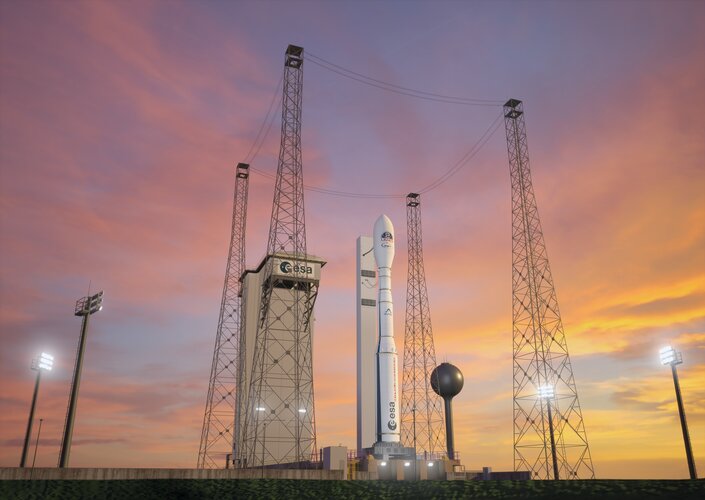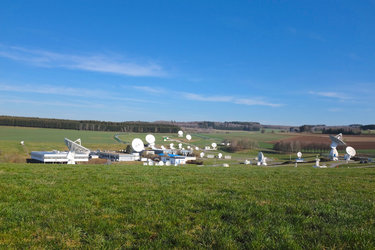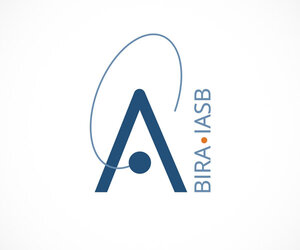Facts and figures
Launch
2026
Launcher
Vega-C from Europe’s Spaceport in French Guiana
Satellite and instrument size
Three-axis stabilised Proba-NEXT satellite platform
Mass
266 kg (including 12 kg fuel)
Instrument
High-resolution 2D spectral limb-sounding imager using three channels: ultraviolet (250–355 nm), visible (440–675 nm) and near-infrared (600–1020 nm) with 1 to 3 km vertical resolution, moderate spectral resolution (between 2.5 nm and 10 nm)
Power
250 W
Orbit
Sun-synchronous, at an altitude of 668 km
Global coverage
Three days
Life
Minimum of three years
Communication
Science data transmitted via X-band downlink to polar ground station(s). Telemetry and command via S-band from ESA’s control centre in Redu (BE)
Mission control
ESA’s European Space Security and Education Centre (ESEC) at Redu (BE)
Data processing
The High Performance Computing Centre of the Belgian Space Pole in Uccle/Ukkel (BE)
Scientific objectives
To deliver profiles of ozone and other trace gases so that concentrations can be seen at different altitudes with high vertical resolution
Project and commissioning
Managed at ESA’s European Space Research and Technology Centre (ESTEC) in Noordwijk (NL)
Financing
Developed within the ESA Earth Watch programme and financed largely by Belgium, but with contributions from Canada, Luxembourg and Romania
Prime contractor
Redwire Space (BE)















 Germany
Germany
 Austria
Austria
 Belgium
Belgium
 Denmark
Denmark
 Spain
Spain
 Estonia
Estonia
 Finland
Finland
 France
France
 Greece
Greece
 Hungary
Hungary
 Ireland
Ireland
 Italy
Italy
 Luxembourg
Luxembourg
 Norway
Norway
 The Netherlands
The Netherlands
 Poland
Poland
 Portugal
Portugal
 Czechia
Czechia
 Romania
Romania
 United Kingdom
United Kingdom
 Slovenia
Slovenia
 Sweden
Sweden
 Switzerland
Switzerland































